First Nations student deaths inquest in Thunder Bay begins final phase
Seven students from remote communities died between 2001 and 2011 while attending high school in the city
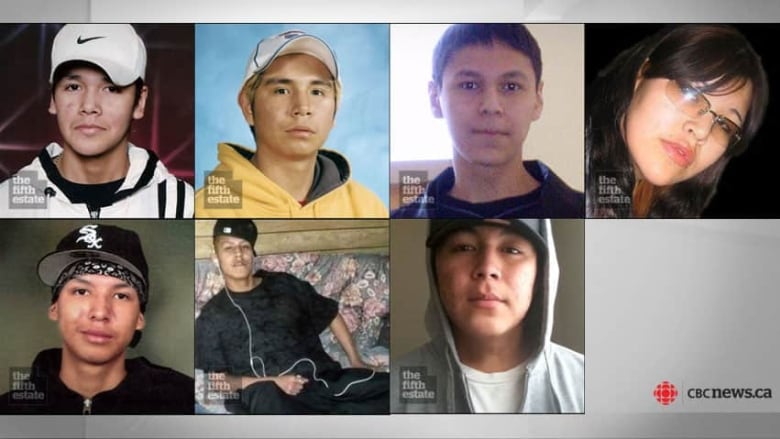
The inquest into the deaths of seven First Nations students in Thunder Bay, Ont., resumes this week with lawyers for each of the parties making closing statements.
Jethro Anderson, Paul Panacheese, Curran Strang, Robyn Harper, Reggie Bushie, Kyle Morriseau and Jordan Wabasse died between 2000 and 2011. All of them had travelled from remote communities to Thunder Bay to attend high school.
On Wednesday, lawyers are expected to put forward a joint slate of suggested recommendations for the jurors to consider before issuing the inquest verdict and final recommendations in June.
- Deepwater: An indepth feature about the lives and deaths First Nations students in Thunder Bay
- First Nations student deaths inquest: 7 things police want
- Phase 2 begins: What we know now
The long-awaited inquest began in October 2015 and has had many unexpected twists and turns.
Here are five of the most compelling moments:
-
1. Mothers testify:
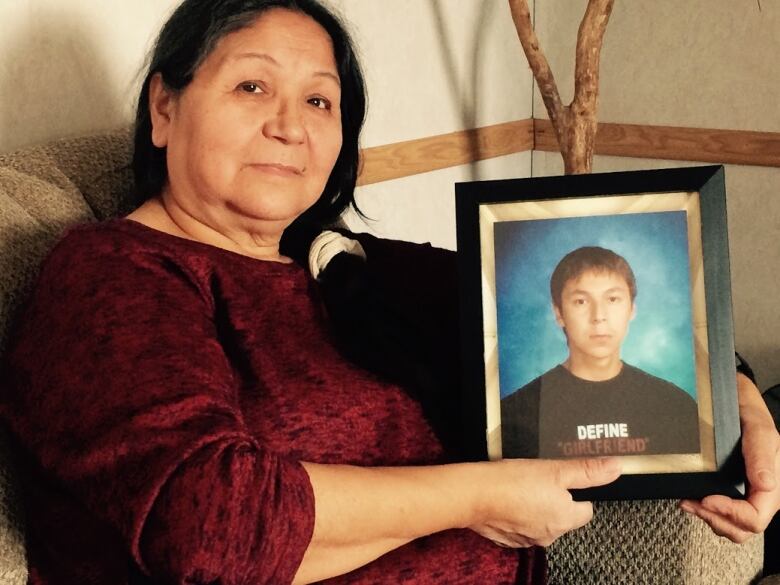
"I told him not to say bad things or treat anybody badthat's not his race," she said of the advice she gave Paul when he was moving away to go to school in Thunder Bay.
The 21-year-old was bounced around among 10 different boarding homes while trying to get through Grades 10 to 12. Finally, his mother moved to the city to help him through his final classes.
Panacheesefound her sondead on the kitchen floor of the home they were renting, likely from a rare,undiagnosed heart condition.
Click on the name to read more about what each of the mothers of Robin Harper, Jethro Anderson, Reggie Bushie, Kyle Morriseau and Jordan Wabasse had to say in their testimony.
-
2. Flying food:
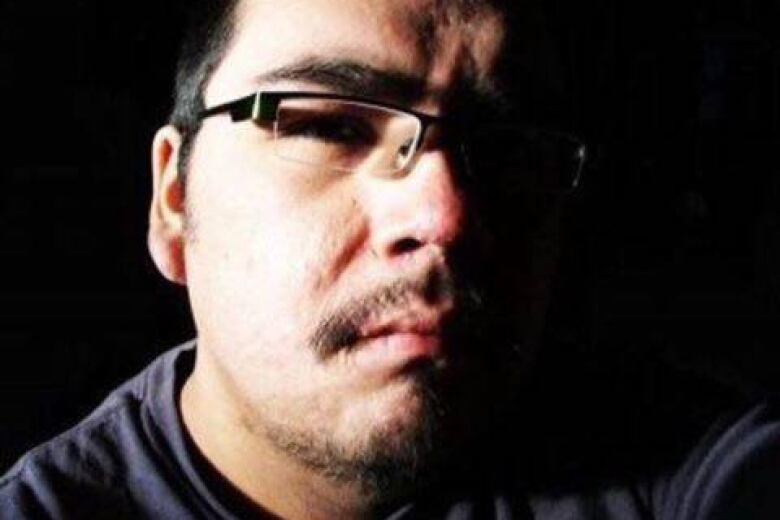
It was "scary" at first but "because it was an ongoing thing we were used to it after awhile," Benson said.
Several other students testified about having eggs, food or bottles thrown at them.
"It appears to be a deep-rooted practice among some people in Thunder Bay," said Jonathan Rudin, the lawyer for the families of children who died.
City officials testified in March about plans to create a phone line for reporting such incidents.
-
3. Hints of murder:

They were talking about Jordan Wabasse, whose body was found in the Kaministiquia River in May 2011, nearly three months after he disappeared.
Thunder Bay police Inspector Don Lewis later testified that police had looked into the allegations against Cole but deemed them "improbable", partly because Jordan's body "didn't have the trauma you would expect" if he was pushed from the bridge.
Police told the inquest that the investigations into the deaths of all five boys whose bodies were found in rivers near Thunder Bay remain open. But police said new information would be required to actively work the cases.
-
4. Funding gap:
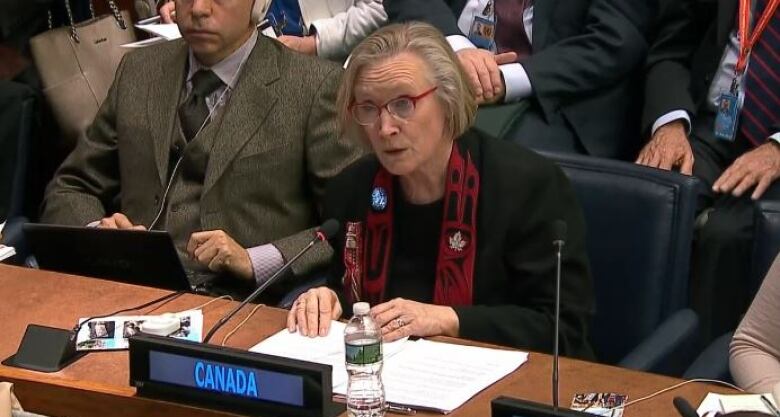
A senior official with the Department of Indigenous Affairs denied the discrepancy. Jonathan Allen testified in March that the "perception" of a funding gap exists because of different funding formulas.
But Indigenous Affairs Minister Carolyn Bennett disagreed with that view during a standing committee meeting in Ottawa in May when she was asked if Allen had expressed her department's position.
"It's not mine," she said.
The Liberals have promised $2.6 billion dollars over five years for primary and secondary schooling on reserves.
-
5. Residential school references:
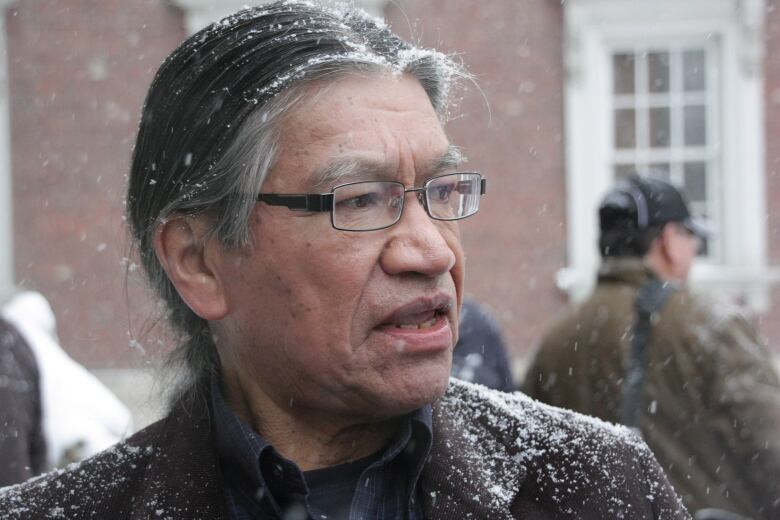
On the final day of testimony, survivor Edmund Metatawabin was asked what he would recommend for keeping First Nations students safe.
"Students have to stop coming to Thunder Bay, he said. "It's not a safe place to be."
- ReadDeepwater,an indepth feature about the lives and deaths of First Nations students in Thunder Bay.
- Watch live streamingvideo from the First Nation student deaths inquest here.
- Follow CBC Thunder Bay reporter Jody Porteras she tweets from the inquest.












_(720p).jpg)


 OFFICIAL HD MUSIC VIDEO.jpg)
.jpg)



























































































